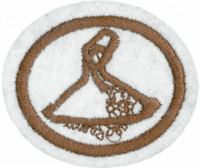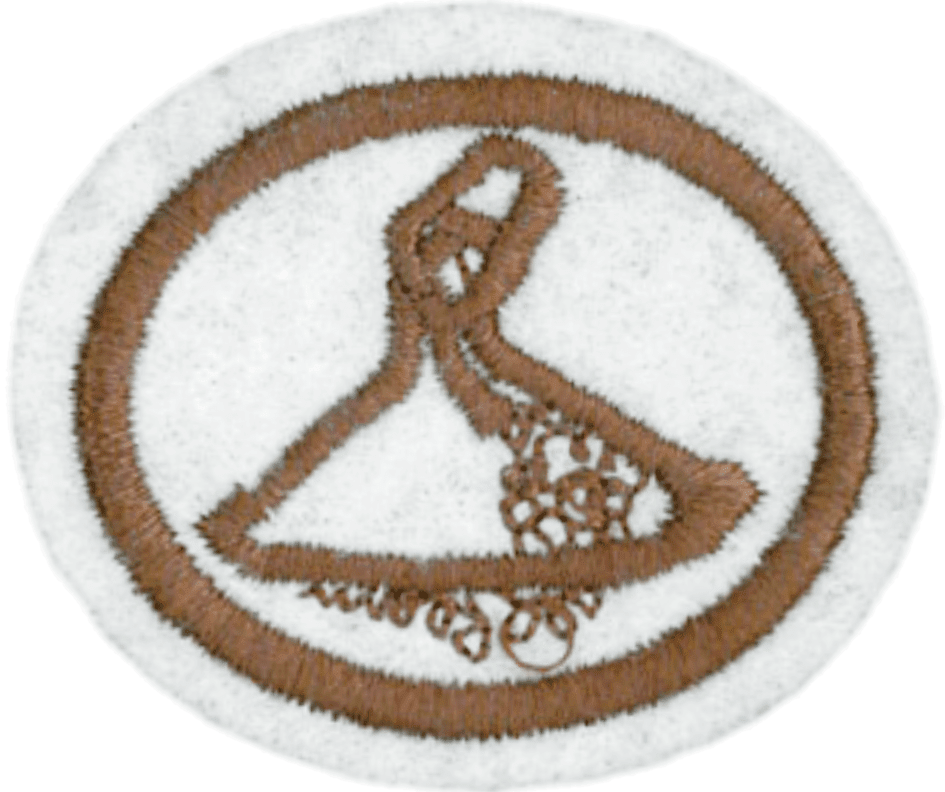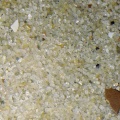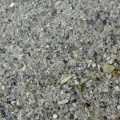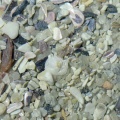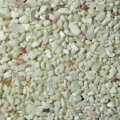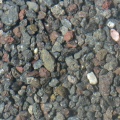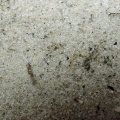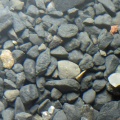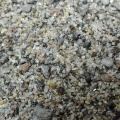Especialidades JA/Arena/Respuestas
1
2
Sand is a naturally occurring granular material composed of finely divided rock and mineral particles. As the term is used by geologists, sand particles range in diameter from 0.0625 (or 1⁄16 mm) to 2 millimeters. An individual particle in this range size is termed a sand grain.
3
Sand is formed through two primary processes - Physical and Chemical.
4
Sand is composed of inorganic material, even if it had biogenic origins (shells, coral, diatoms, foraminfera). Soil, however, is made up of sand, silt, clay, and organic humus (broken down plant and animal matter).
5
Shape
The shape of a grain of sand can tell us about its history. Rounded grains are those which are relatively old, the rounding being caused by the grain getting blown around by wind or pushed around by water. Grains with more angular surface are relatively young, not having had time to get rounded by the forces of nature.
6
6a
6b
6c
6d
6e
6f
6g
6h
6i
6j
7
Using a hand lens or a microscope, examine the sand grains, looking for the features described in requirement 5 (shape, surface, grain fracture, and grain size). You can also note its color and its variability are all the grains the same size? Are they all the same shape, or are there big differences from one grain to the next?
4. Mona Island, Puerto Rico. A biogenic sand.
5. Soesogakk, Jeju, South Korea. Volcanic origin.
6. Mustang Island, Texas. An example of very fine sand.
7. Lake Champlain, Vermont. An example of a very coarse sand.
8. Columbia River, Oregon. An example of riverine sand.
8
I will surely bless you and make your descendants as numerous as the stars in the sky and as the sand on the seashore. Your descendants will take possession of the cities of their enemies
- Stone is heavy and sand a burden,
- but provocation by a fool is heavier than both.
- How precious to me are your thoughts, O God!
- How vast is the sum of them!
- Were I to count them,
- they would outnumber the grains of sand.
- When I awake,
- I am still with you.
